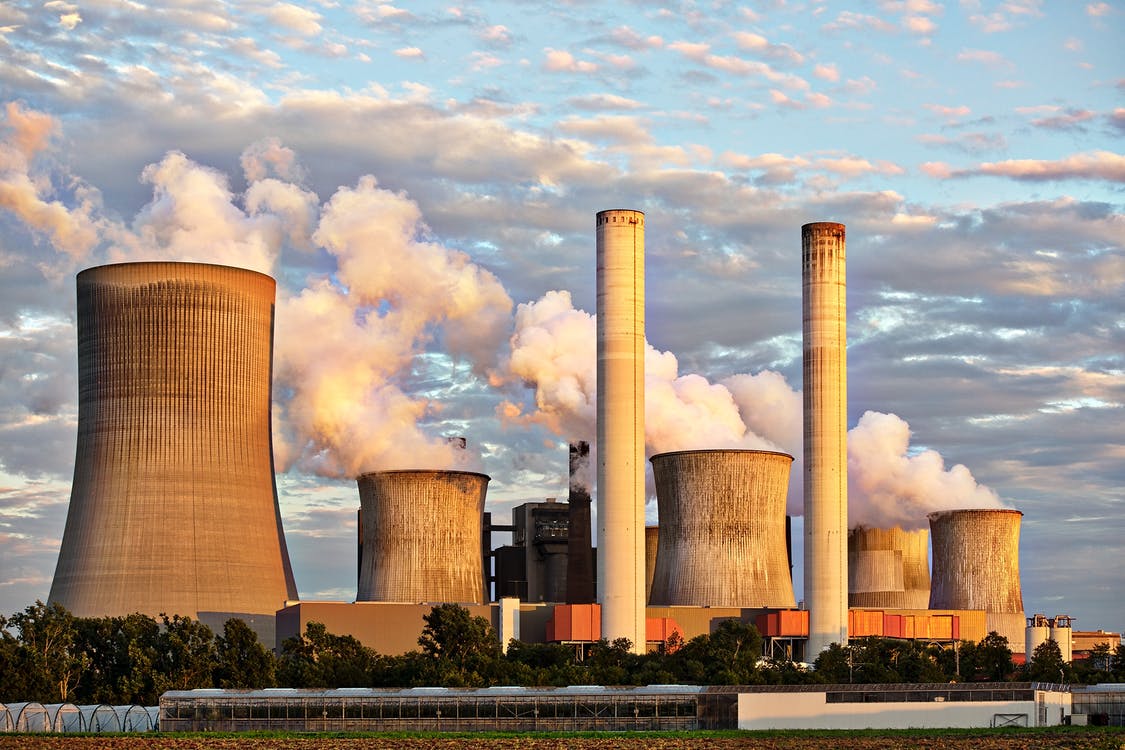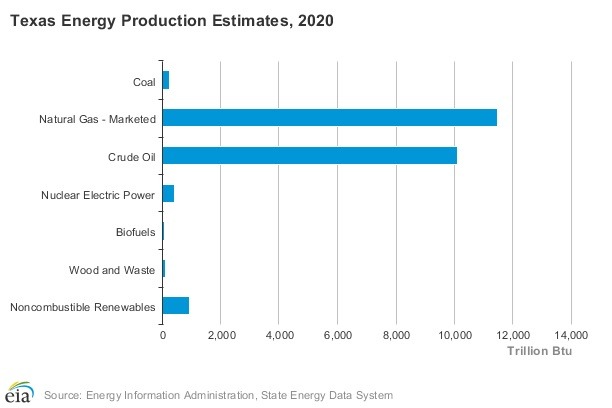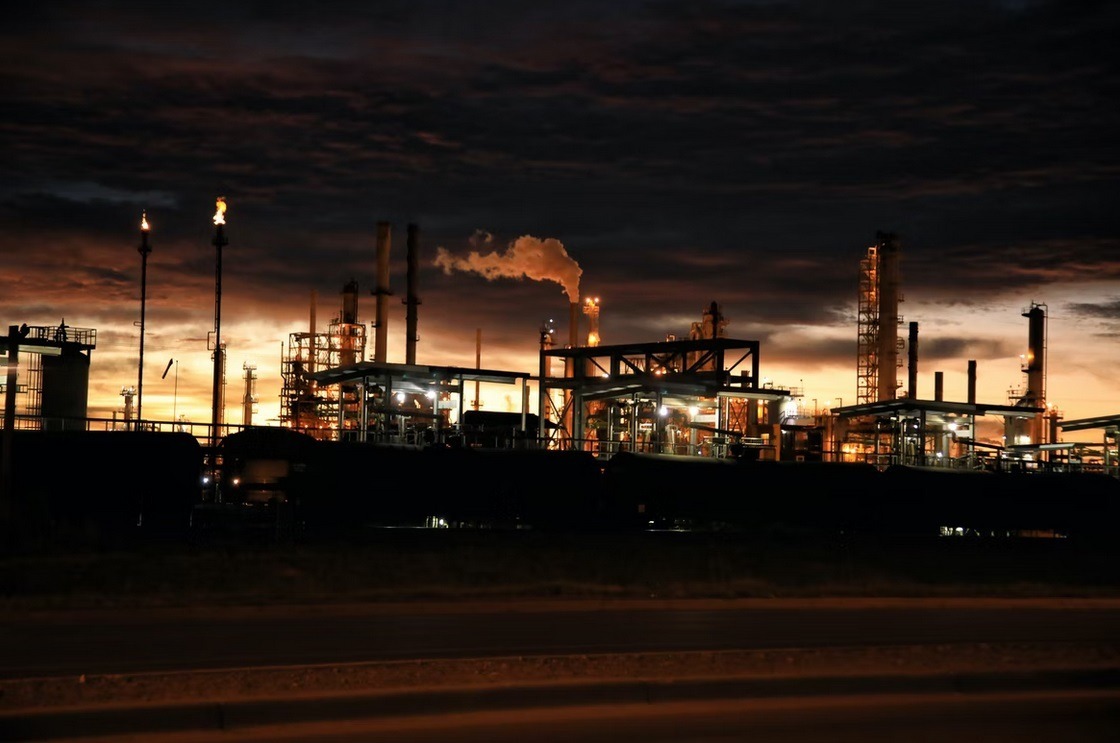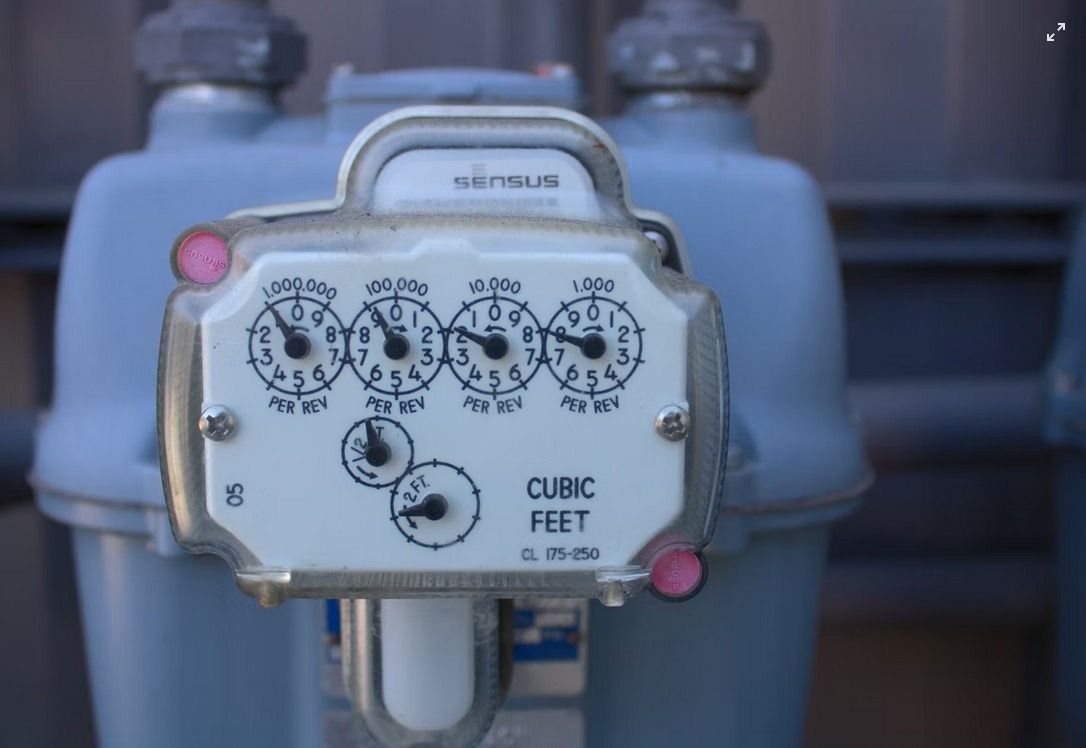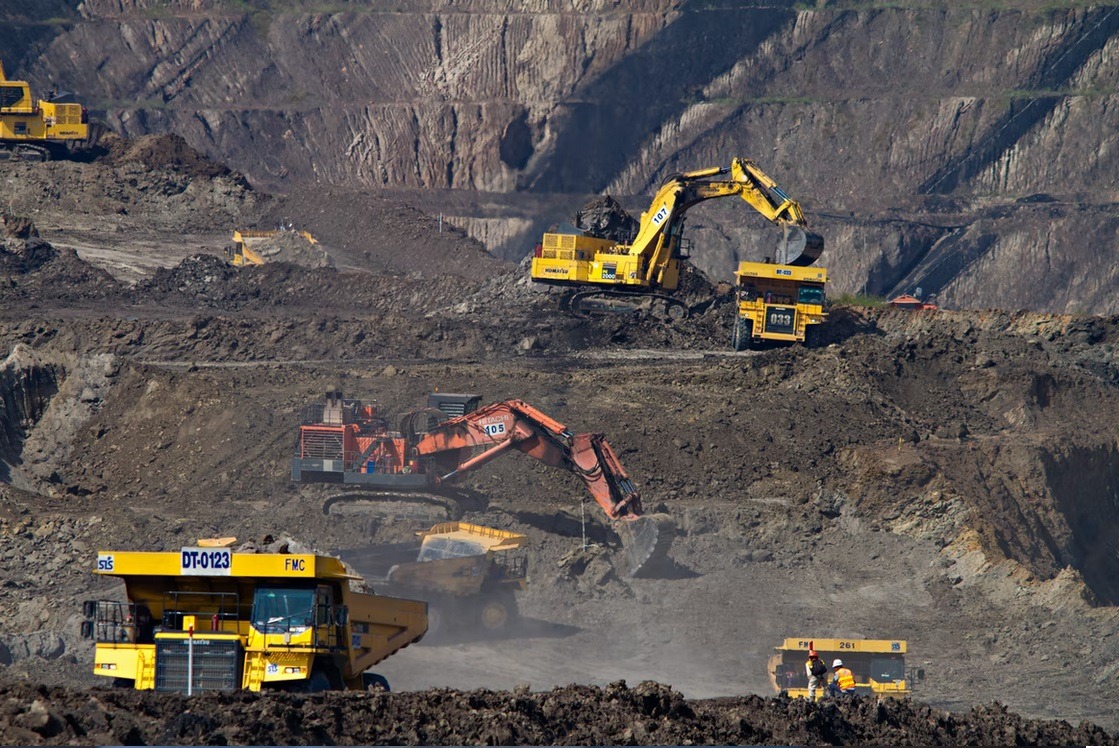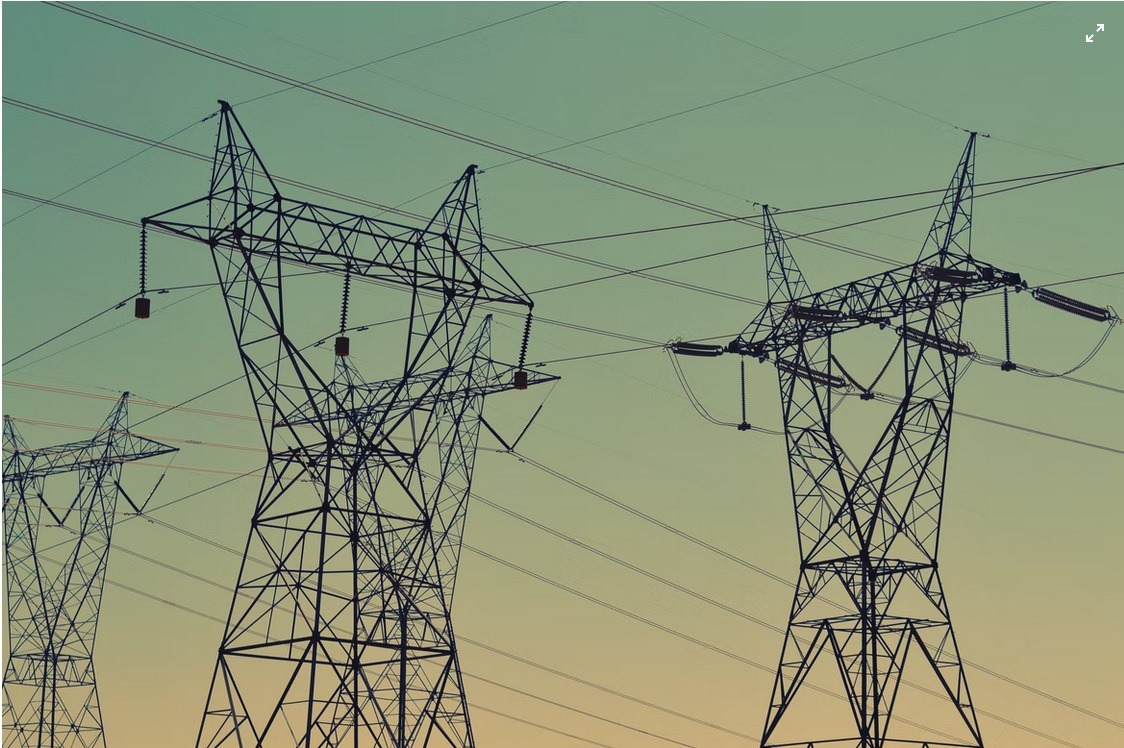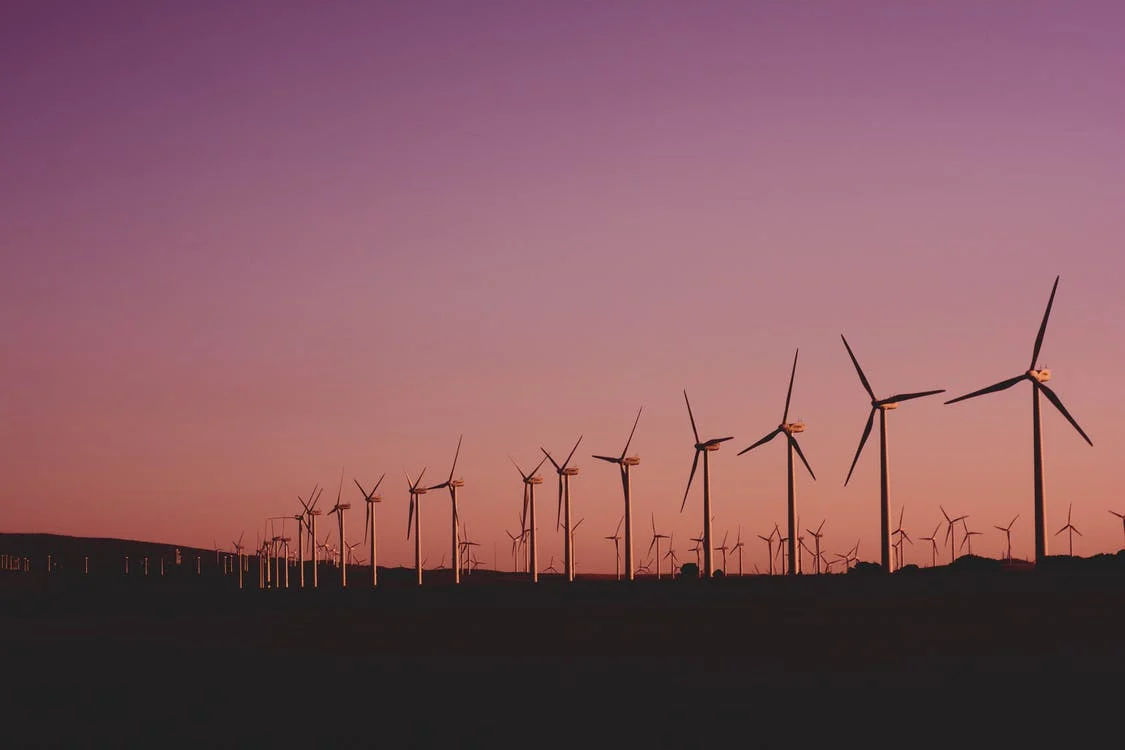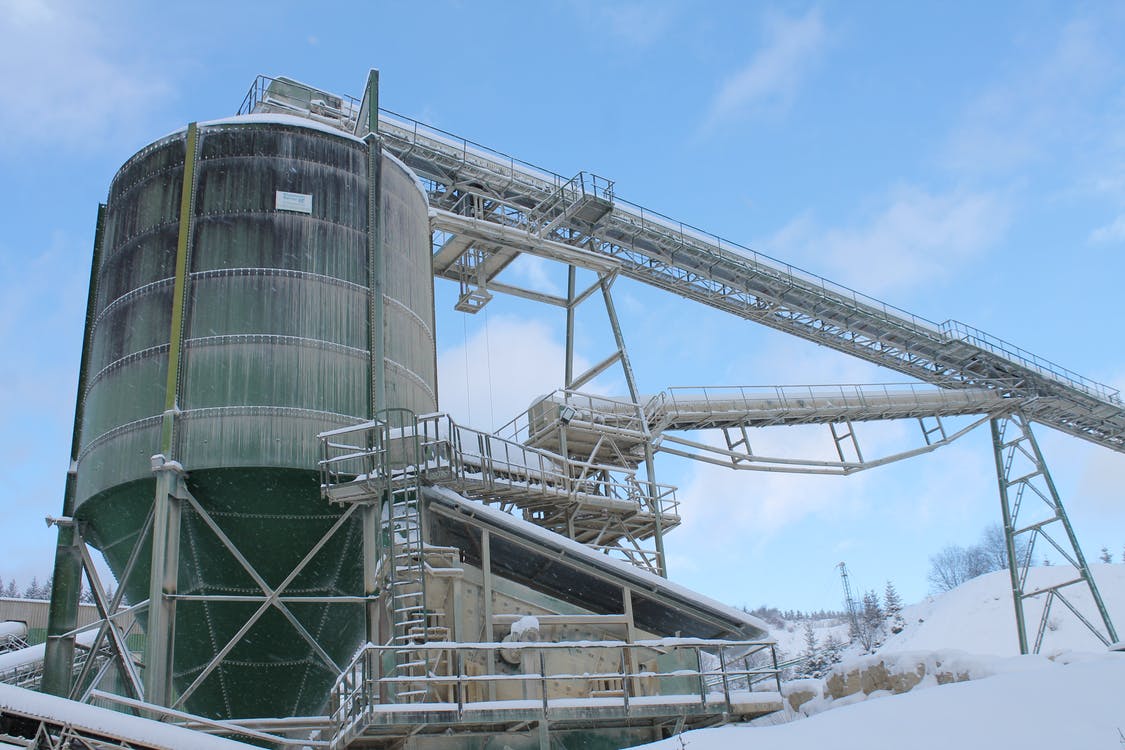Whether it is wind, oil, or natural gas, Texas is undoubtedly the top energy producer in the nation. Since 1901, after discovering Spindletop Oilfield, Texas has been on the road to becoming an energy giant in the US, worth almost $172 billion.
Texas’s ideal geography, enviable natural resources, transportation, excellent infrastructure, skilled labor force, and environmental research avenues lure leaders of global giants, such as ExxonMobil and BP. Moreover, Texas is also leading the country’s renewable energy sector with over 55,600 skilled workers.
Overview of the Texas Energy Industry
Texas reigns as the number one state in the country’s energy production and is justifiably called the global powerhouse, closely following Russia and Saudi Arabia. The following points provide an overview of the Texas Energy Industry:
- The energy industry is among the top ten industries of Texas as only oil and gas production makes for about 9% of the state’s GDP.
- Texas accounts for about 43% of the country’s crude oil production, 26% of the natural gas production, and 31% of the refining capacity.
- Texas has the most crude oil refineries compared to any other state.
- There are 31 petroleum refineries in Texas that can produce about 5.9 million barrels of crude oil every day. It equals about 32% of the whole US’s refining capacity, as per the energy statistics of January 2021.
- As per the official data for 2022, Texas contributed about 26% of the country’s wind-powered electricity. It was the 16th time in a row that the US topped wind-powered electricity production globally.
- Owing to the contribution by Texas, the US was able to surpass the national nuclear generation by all records in 2014 while also exceeding coal-fired generation the very time in 2019.
- Texas is also the national leader in electricity production, closely followed by Florida. According to the official figures, Texas accounted for approximately 12% of the national electricity net generation in 2021.
- Texas is not only the leading energy producer in the country, but it is also the country’s biggest energy consumer. Texas’s refineries and petrochemical plants consume over 23% of the national energy consumption
The Energy Industry of Texas
Accounting for about one-fourth of the country’s national energy production, Texas spans over 800 miles at the wider ends. The crude oil and natural gas reservoirs are mostly present east to west and north to south of Texas.
Coal is also abundant in Texas and is found along the eastern coastal plains across the north-central and southwestern regions of the state. Texas receives its due share of the sunny days, which is why solar energy potential is also the most promising in this state. As if Texas did not have enough to boost and contribute, the state also leads the production of Uranium, geothermal resources, wind-generated power, and rare earth elements.
Besides being the country’s leading energy producer, Texas also stands on the top of the list of most energy-consuming states in the US. One reason for this, among many others, is the climate of Texas. Although the climate varies from east to west in Texas, a significant part of the state receives warm and moist air from the Gulf of Mexico, which gradually loses moisture.
The resulting climatic conditions of the state range from humid to subtropical along the coast while semi-arid in the high central and western plains. Winters are rarely freezing in Texas for highly populated areas, while the summers usually average above 90 degrees Fahrenheit. Due to these conditions, the state’s energy consumption is extremely high.
Petroleum
Responsible for approximately two-fifths of the country’s crude oil production, the state of Texas has been leading the national energy production every year since 1970. According to federal estimates, about one-third of the nation’s crude refinery is in Texas.
Texas’s boom in oil production happened in 1901 when the Spindletop oil field was discovered. The state’s annual oil production reached a record high of 17.5 million barrels only a year later. In 2019, Texas hit another record-breaking high in oil production, reaching 1.8 billion barrels.
Moreover, there are four Strategic Petroleum Reserves (SPR) in Texas, managed under the supervision of the US Department of Energy (DOE). This SPR has 60 enormous underground salt caverns that can hold about 714 million crude oil barrels.
The energy industry of Texas also came forward to help the nation during market disruptions caused by Covid-19 in 2020 and sold millions of crude oil barrels to counter the disruptions. Port Arthur in Texas is the largest refinery in the country. It can process about 607,000 crude oil barrels every calendar day.
Natural Gas
Texas contributes significantly to the country’s natural gas production, with over one-fourth of the dry natural gas reserves of the whole nation. Of the 100 largest natural gas fields in the US, 30 are wholly or partly located in Texas.
Also, Texas’s natural gas production has significantly improved due to extensive technological advancements such as horizontal drilling and hydraulic fracturing. Two main natural gas reservoirs contributing to making Texas the top natural gas producer in the US are Eagle Ford shale and Permian Basin.
About 17,000 miles of natural gas pipelines surround the borders of Texas, exporting gas from Texas to Mexico. Texas also predominantly produces and supplies liquid natural gas (LNG) along the Gulf Coast at Freeport, Sabine Pass, and Corpus Christi.
Besides producing and supplying natural gas to other states and countries, Texas also consumes about 15% of the country’s natural gas production. It includes the consumption of industrial and electric power sectors of the state. Also, the amount of natural gas required to produce electricity for Texas accounts for about 22% of national natural gas production.
Coal
Almost 4% of the US coal reserves are in Texas, making it the second-biggest lignite producer in the country, closely followed by North Dakota. Lignite is a type of coal with the lowest heat valve used chiefly in power generation.
Texas has no underground coal mines as they closed down several decades ago. Only the surface coal mines produce lignite and bituminous coal. However, according to national estimates, Texas is the top largest coal consumer among all states.
Electricity
Electricity generation in Texas is powered by gas-fired power plants, as per the 2021 data. Aside from supplying natural gas for electricity production to other US states, it uses the most significant amount of natural gas for electricity production.
Wind-powered electricity generation is also a significant part of the energy industry in Texas. In 2021, the wind became the second-largest source of electricity generation in the state, contributing to over 1 megawatt of the state’s utility scale.
In 2011, coal-fired electricity generation accounted for about 36% of electricity production in Texas. However, wind power has currently replaced coal-fired electricity plants in the state. Thus, coal-powered electricity plants only account for about 8% now.
Electricity Reliability Council of Texas manages the state’s power, serving about 75% of the whole state, entailing 26 million customers. This department works independently of the federal government and is responsible for meeting the electricity production needs of the state.
Renewable Energy
The top sources of renewable energy produced by Texas include wind-powered electricity generation. About 14% of the nation’s electricity is generated from renewable sources in Texas. The regulators designated several high-quality wind resources in the western part of the state as Competitive Renewable Energy Zones (CREZ).
Texas is the first-ever state since 2011 to reach about 10,000 megawatts of wind capacity. Official statistics for 2022 reveal that Texas’s wind capacity has reached 35,000 megawatts. Another vital part of the Texas Energy Industry is its solar potential. Texas ranked as the second-largest solar power potential in 2021, with California occupying the top rank.
Biomass is another renewable energy source produced in Texas, accounting for about 0.3% of the state’s in-state utility-scale in 2021. It is mainly driven by wood or wood-derived fuel sources. Texas also has a significantly large wood pellet plant that processes wastes into pellets. It can process about 500,000 tons of wood waste every year.
The wind energy of Texas supports over 24,000 jobs and provides about $33 billion in capital investment. There are about 40 manufacturing facilities in the state, including Broad-wind Towers. About 7,000 employees were working in 445 solar companies operating in the state, as per the 2016 data.
Texas Energy Industry is Among the Top
The energy industry of Texas is home to about the 50 largest enterprises in the country. It is undoubtedly the country’s power hub, fueling US’s power needs and contributing to its flourishing success. With crude oil, natural gas, and other renewable energy resources, Texas helps in generating electricity for the whole country while also consuming the most compared to other states.
This industry is worth almost $172 billion and supports over 292,000 employees working in the energy sector. Experts assert that Texas’s energy production and contribution can easily make it a whole independent country with its energy reservoirs and output.

